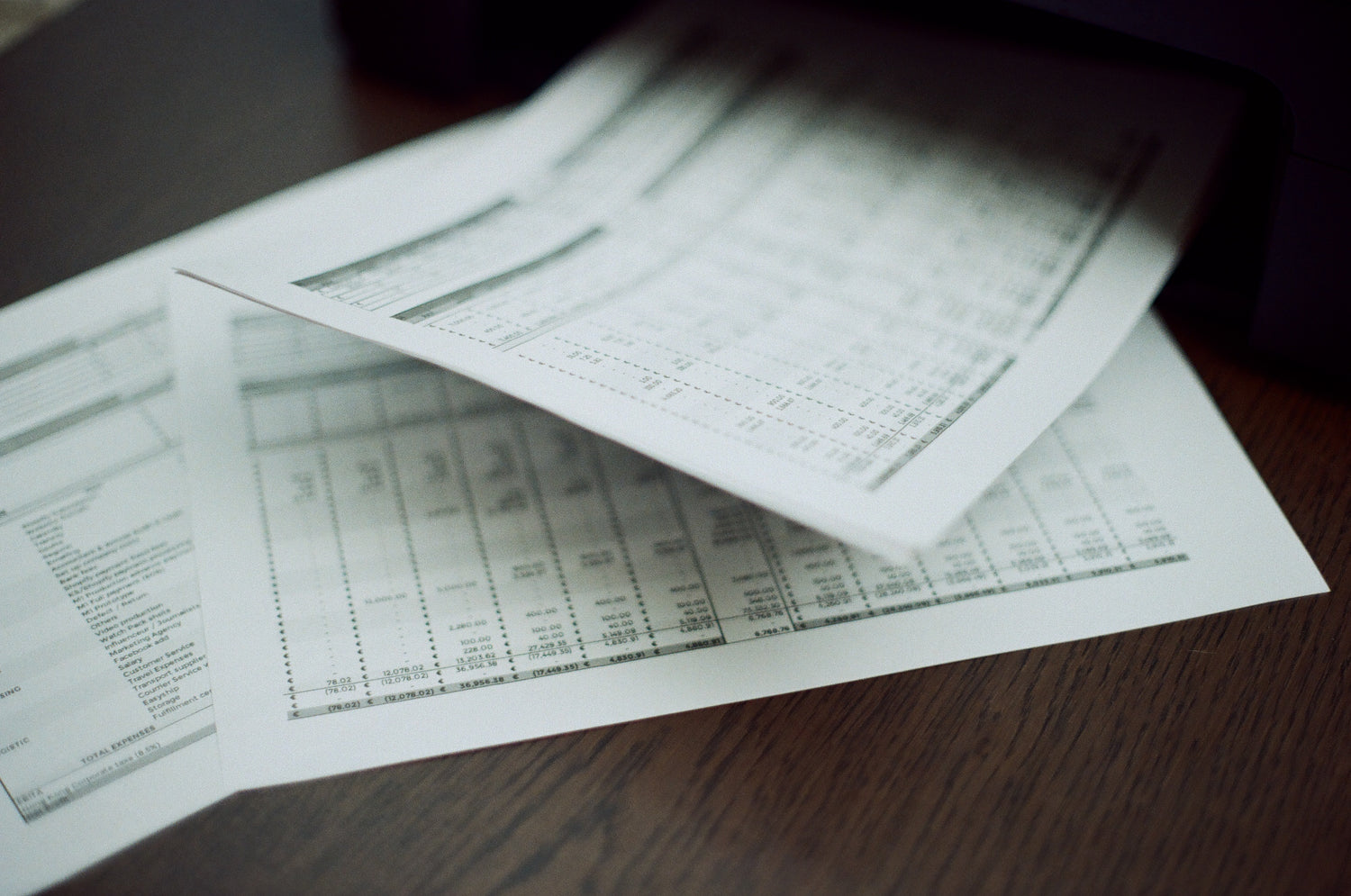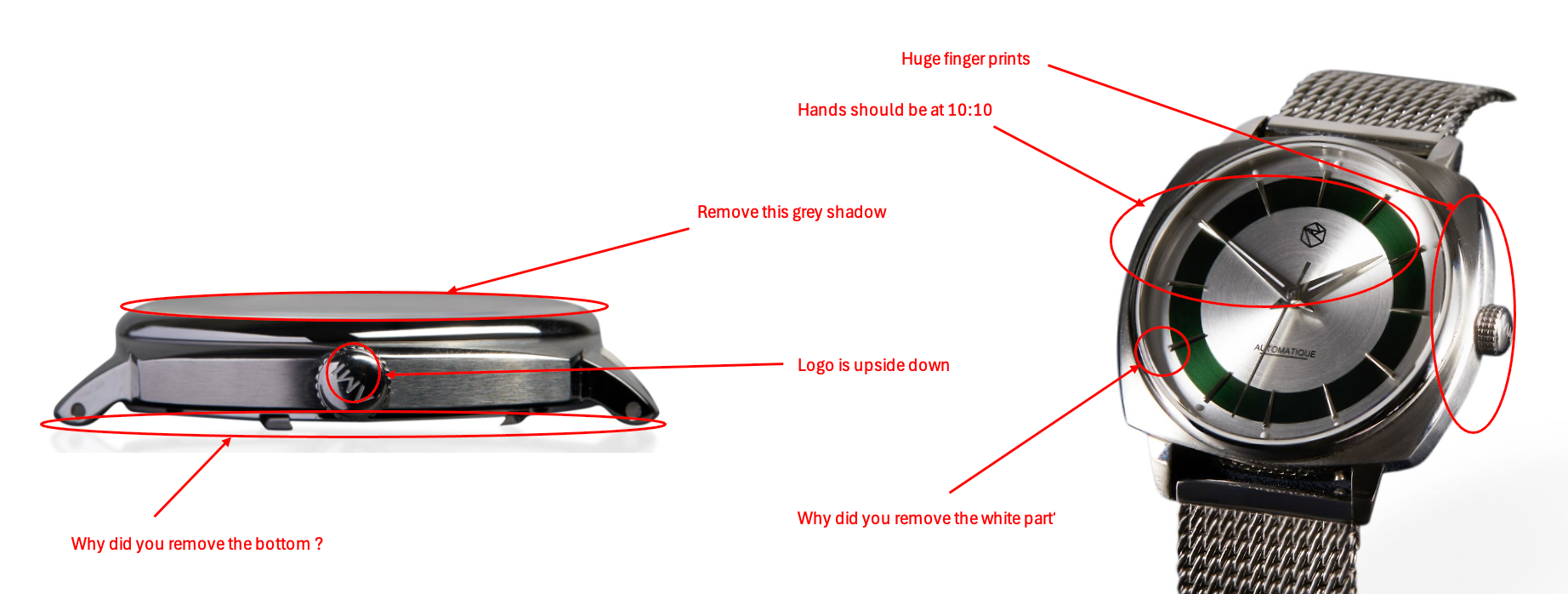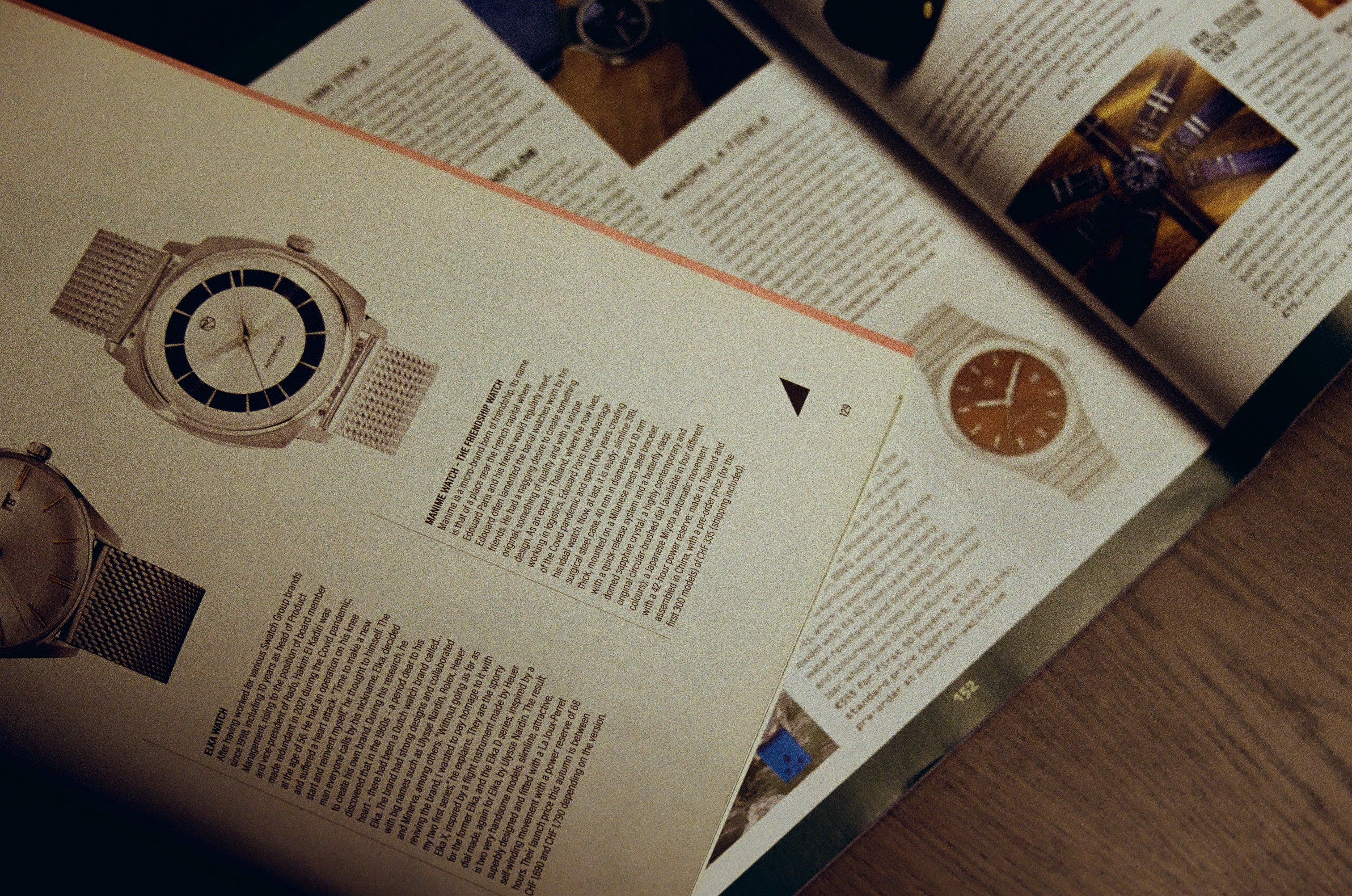THE STORY BEHIND THE STORYTELLING
Crafting a Microbrand from Concept to Rebranding
Episode 2: From failed to successful launch
Welcome back, watch enthusiasts! If you missed the first episode (link here), I’m Édouard, founder and designer at Manime Watches. In this four-part series, I’m sharing the raw, behind-the-scenes journey of building my brand—beyond the polished highlights.
From the initial idea to the launch, I’ll take you through the challenges (and wins!) I faced along the way. Many microbrands go through similar struggles, and I want to give you a rare glimpse into this world. Building a brand takes time, and mistakes are inevitable at every turn.
In the previous episode, I talked about the hurdles I faced when creating the brand. You’d think that after overcoming those obstacles, things would get easier—but they didn’t.
In today’s episode, I’ll share what happened once I finally had the prototypes in hand.

The King of Spreadsheets
When I started MANIME, my professional background naturally led me to open an Excel spreadsheet and create a business plan.
I listed all the costs—production, warehouse, advertising—and projected the next five years, month by month. I calculated spending and earnings, planned for growth, and even marked the point where I could hire staff and leave my day job.
I worked so hard on this plan, but looking at it now, four years later, I have to laugh—because 80% of it didn’t go as planned! Costs ended up being twice as high, and earnings were much lower than expected. But making the plan was still useful because it helped me visualize the project.
So, if you’re thinking of starting your own brand, I highly recommend it. Just be sure to double all your cost estimates—you’ll face surprises, just like I did with my first photographer.
The Burgers Photographer
When I say building a brand is full of ups and downs, it’s not a complaint—it’s just reality. The rollercoaster of emotions is part of the journey. The good days make you feel unstoppable, and the bad days put you in fighting mode.
One of those bad days came just before the launch of LA F. I had no experience with photography, so I found a photographer for the product shots. At the time, I assumed any photographer could handle it. I hired someone through connections—someone who mostly did food photography. I quickly learned the hard way that photographing a burger is very different from photographing a watch.
Watches, with all their reflections and angles, are among the hardest products to shoot. Later, I met David (@which_watch_next), a photographer who works with major watch brands. He told me he can spend hours adjusting lights and reflectors just to get one perfect shot.
My burger photographer, though? He didn’t bother. The photos were nowhere near my standards. He even edited parts of the watch out of the image! There were fingerprints all over the case, the logo was upside down, and despite me asking him to set the time to 10:10 (as most brands do), he set it to 1:50.
I lost money on that mistake, but I learned an important lesson: when it comes to product shots, either use renders or hire a photographer who specializes in watches.

The failed and successful launch
As mentioned before, over the past four years, I have created two models: the first, LA F., and the second, LA FIDÈLE. Some steps I took for both launches; others I didn’t—and I believe that made the difference.
The first major difference between the two launches was the choice of platform. When I introduced my first model in 2022, I debated whether to launch on my own website or use Kickstarter. I spent a lot of time weighing the pros and cons. Launching on my website would allow me to keep the brand’s values front and center without being associated with other brands—especially since many watch enthusiasts are wary of Kickstarter due to past scams. Additionally, the platform fees could instead go directly toward the business. Ultimately, I chose to launch on my own site.
Looking back now, I realize the benefits of a platform like Kickstarter. It attracts traffic and provides valuable visibility, which can be crucial for a new brand. Many customers feel more comfortable ordering a first-time product from a trusted third party rather than an unfamiliar website. The success of the second model was largely thanks to the exposure Kickstarter provided. Even today, potential customers can visit the campaign page, see its success, and feel reassured knowing that I delivered on my promises.

The second big difference was in advertising. For the first launch, I tried to handle Facebook ads on my own. I spent hours watching tutorials and learning the basics, but in the end, there’s a reason it’s a job on its own. I ended up spending more on ads than I earned from each sale—lesson learned! For the second launch, I partnered with an agency, and their expertise made a world of difference, leading to much more effective and efficient campaigns.
One strategy that remained the same for both launches was connecting with watch enthusiasts. There are vibrant communities on forums and Facebook groups full of passionate, detail-oriented collectors who can talk about watches for hours. From the early stages of the design process, I engaged with these groups, and their insights helped steer me in the right direction.
Another constant across both launches was reaching out to YouTube watch reviewers and publications. There’s a whole ecosystem of watch reviewers who meticulously evaluate every detail of a timepiece. Some loved the watches, while others offered constructive criticism—but that’s part of the process. These reviews not only help build awareness but also help validate your brand within the community. It’s also a great way to interact directly with viewers in the comments.
Pro tip: Plan the reviews at least four months in advance—YouTubers' schedules fill up fast. I actually have a list of reviewers I recommend—feel free to message me if you'd like it.

Conclusion
I’m really glad we’ve spent these first two episodes sharing my story, and I hope it’s given you a better understanding of my journey, my passion for this project, and my deep desire to create a brand that resonates with you. As I mentioned in the first episode, we’re working on the rebranding, and YOU will be part of the decision process.
In the next episode, I’ll present my ideas for the rebranding, and you’ll have the opportunity to choose our new slogan!
Until then, take care, and don’t hesitate to reach out if you have any questions!
Thank you.
Édouard.
